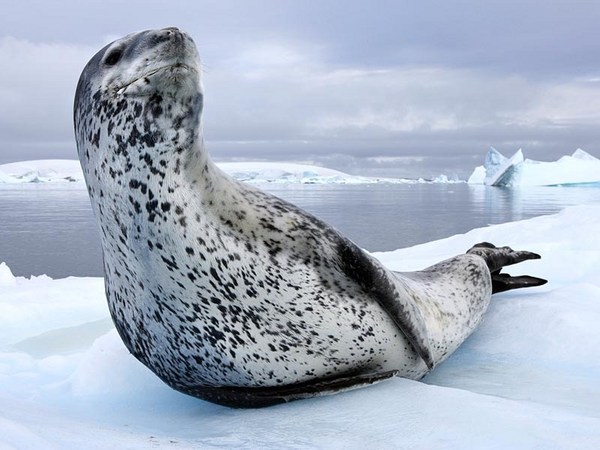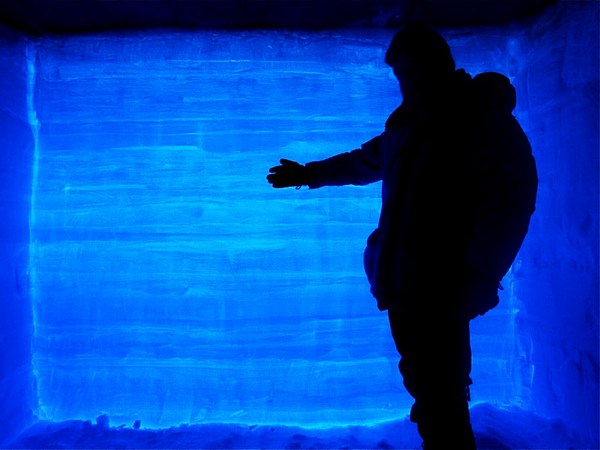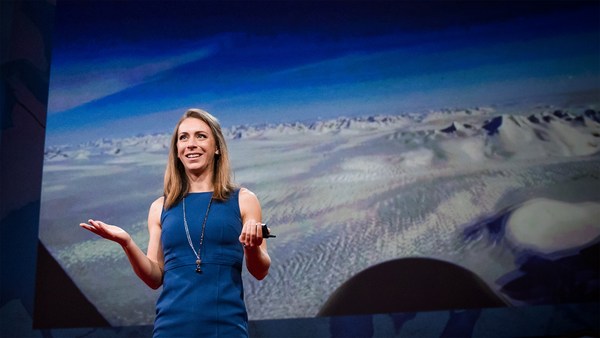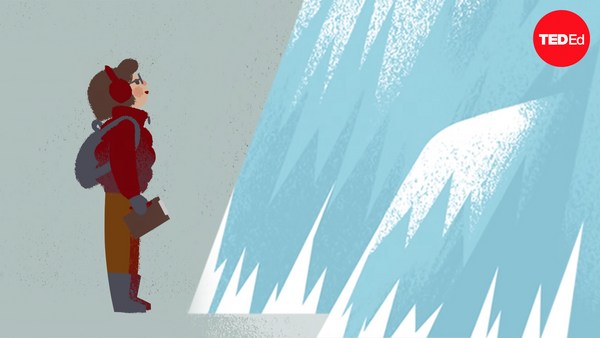As an artist, connection is very important to me. Through my work I'm trying to articulate that humans are not separate from nature and that everything is interconnected. I first went to Antarctica almost 10 years ago, where I saw my first icebergs. I was in awe. My heart beat fast, my head was dizzy, trying to comprehend what it was that stood in front of me. The icebergs around me were almost 200 feet out of the water, and I could only help but wonder that this was one snowflake on top of another snowflake, year after year.
Icebergs are born when they calve off of glaciers or break off of ice shelves. Each iceberg has its own individual personality. They have a distinct way of interacting with their environment and their experiences. Some refuse to give up and hold on to the bitter end, while others can't take it anymore and crumble in a fit of dramatic passion.
It's easy to think, when you look at an iceberg, that they're isolated, that they're separate and alone, much like we as humans sometimes view ourselves. But the reality is far from it. As an iceberg melts, I am breathing in its ancient atmosphere. As the iceberg melts, it is releasing mineral-rich fresh water that nourishes many forms of life.
I approach photographing these icebergs as if I'm making portraits of my ancestors, knowing that in these individual moments they exist in that way and will never exist that way again. It is not a death when they melt; it is not an end, but a continuation of their path through the cycle of life. Some of the ice in the icebergs that I photograph is very young -- a couple thousand years old. And some of the ice is over 100,000 years old.
The last pictures I'd like to show you are of an iceberg that I photographed in Qeqetarsuaq, Greenland. It's a very rare occasion that you get to actually witness an iceberg rolling. So here it is. You can see on the left side a small boat. That's about a 15-foot boat. And I'd like you to pay attention to the shape of the iceberg and where it is at the waterline. You can see here, it begins to roll, and the boat has moved to the other side, and the man is standing there. This is an average-size Greenlandic iceberg. It's about 120 feet above the water, or 40 meters. And this video is real time.
(Music)
And just like that, the iceberg shows you a different side of its personality.
Thank you.
(Applause)





